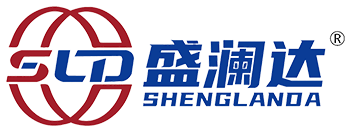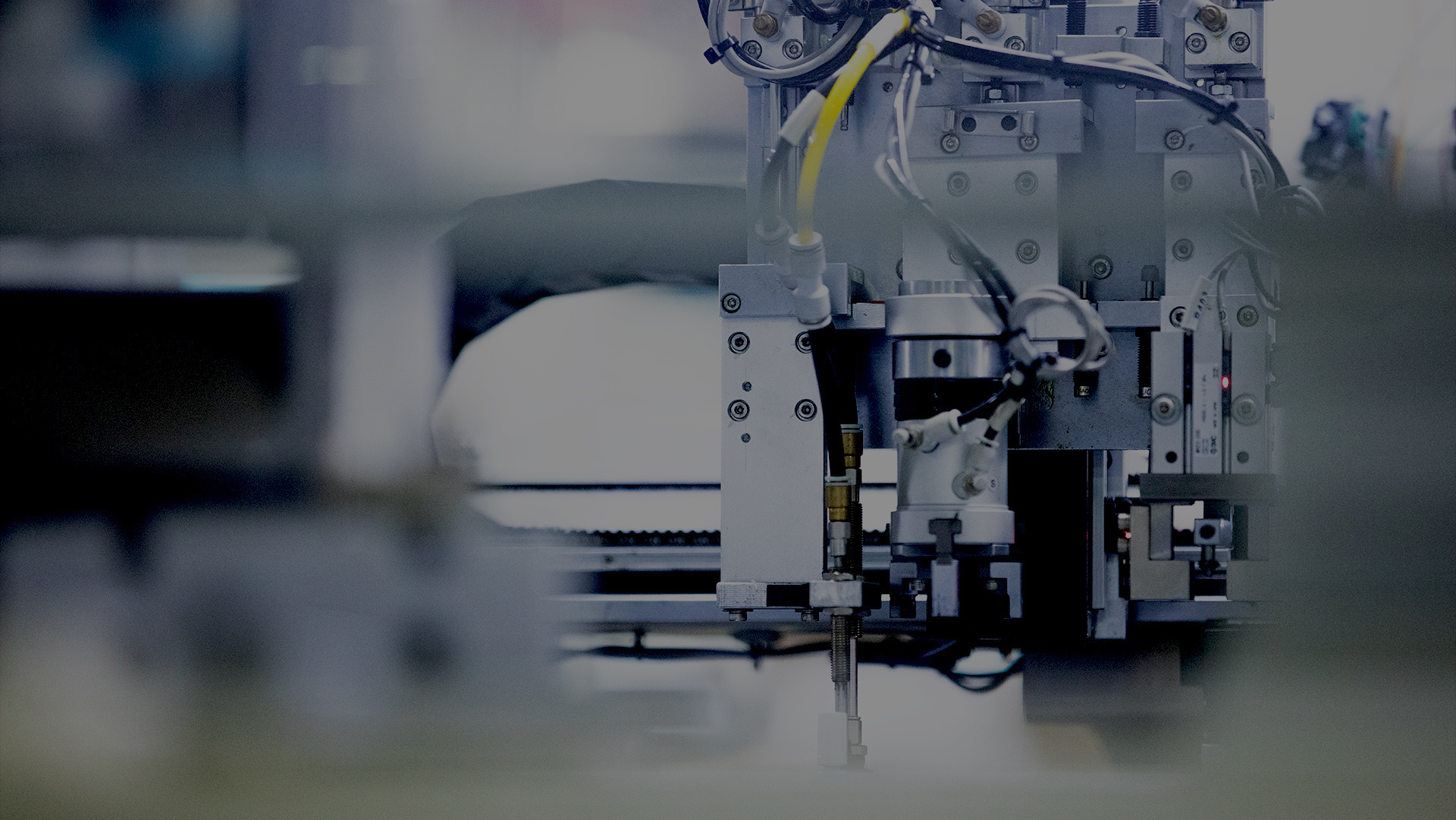The function of a crimping machine
Published time:
2025-04-16
Pressing machines play a crucial role in the metal processing industry, with their primary functions encompassing the following aspects:
Enhanced Material Rigidity: Pressing machines create specific ribs or grooves on metal sheets, structures that increase the material's overall rigidity. This enhancement is particularly important in applications requiring high load or stress resistance, such as automotive bodies, aerospace equipment, and building structures.
Improved Structural Stability: Ribbing not only enhances material rigidity but also improves structural stability. Rational rib layouts effectively disperse and resist external forces, preventing structural deformation or failure.
Optimized Material Utilization: Pressing machines can improve load-bearing capacity by altering material shape and structure without increasing thickness. This optimizes material use, reduces waste, and lowers production costs.
Enhanced Aesthetics: Besides functionality, ribbing adds aesthetic appeal to metal products. Carefully designed ribs and grooves create visually striking effects, improving overall product quality and market competitiveness.
Improved Processing Performance: In metal processing, pressing machines improve material workability. For example, ribbing reduces deformation and cracking during stamping, stretching, or bending, improving processing efficiency and product quality.
Lightweight Design: With increasing industrial demands for lightweight designs, pressing machines play a key role. Rational rib layouts and dimensions ensure structural strength and stability while achieving material lightweighting, reducing product weight and energy consumption.
Keywords:
Related information
2025-04-08
The industrial mother machine industry is again ushered in good news, many stocks rose to the limit
2025-04-08
2025-04-08
2025-04-08
What can a polishing and grinding machine be used for?
2025-04-16




